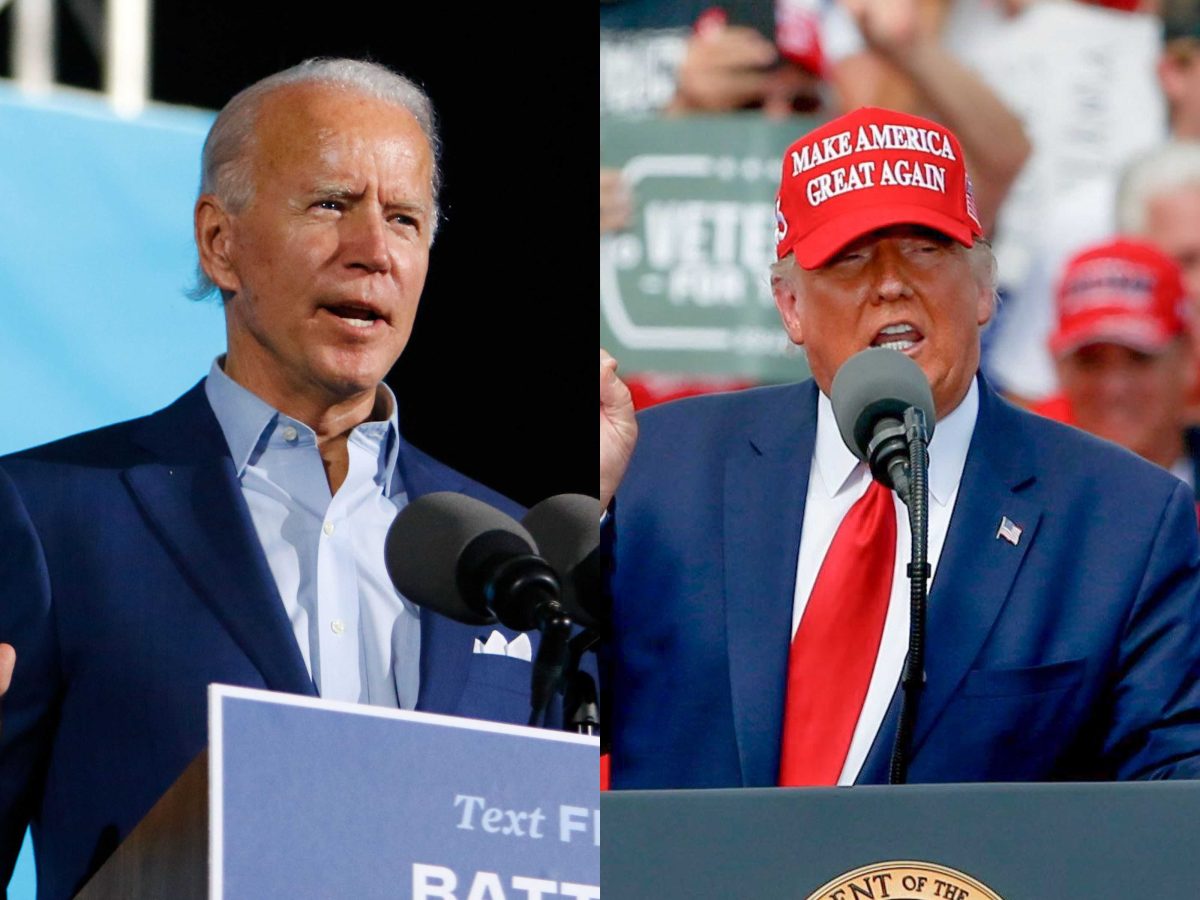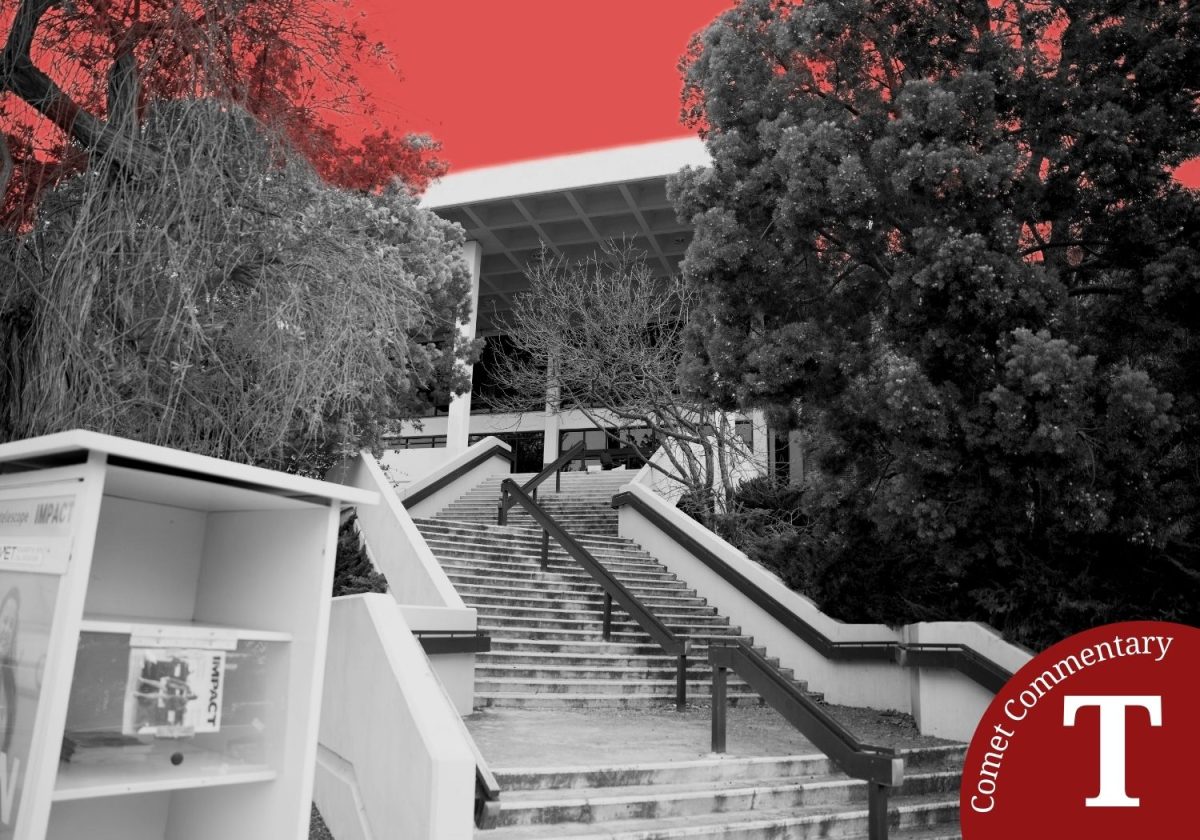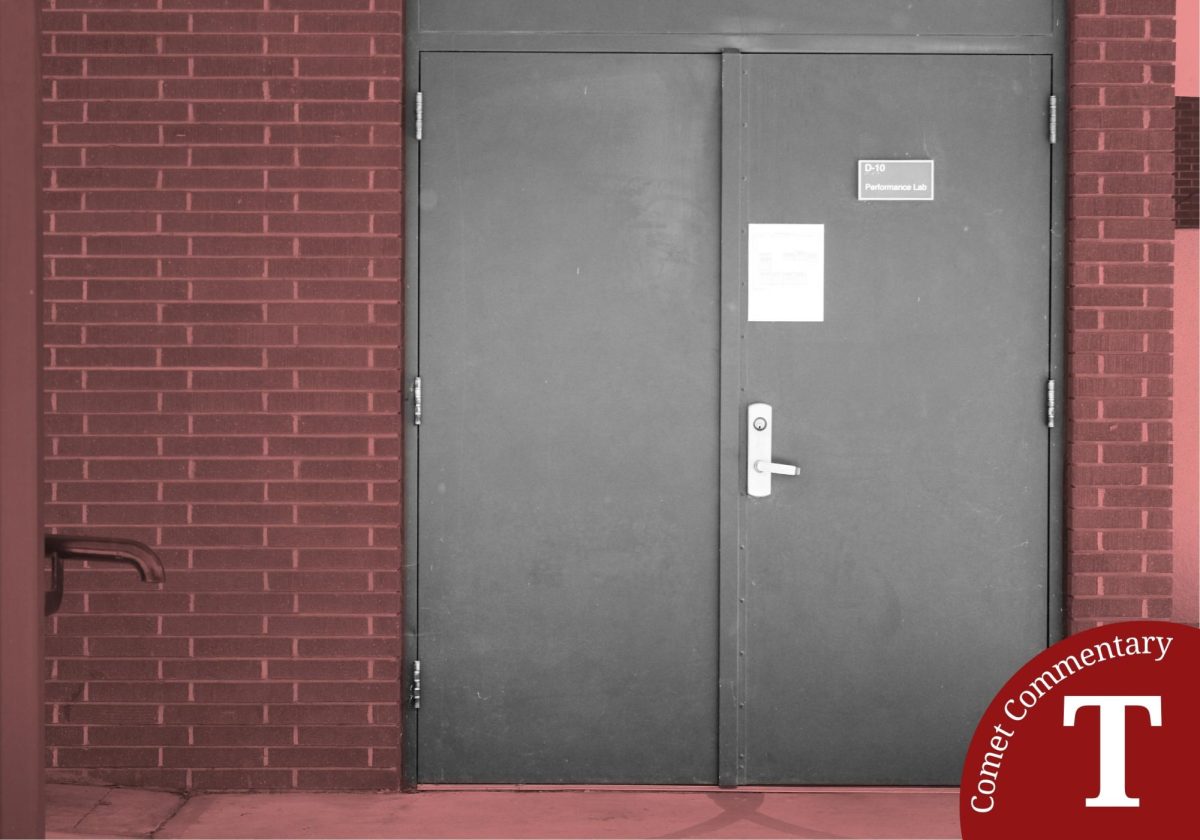The United States makes up only five percent of the world’s population, yet accounts for over a quarter of its prisoners. U.S. prisons are in a state of nightmarish overcrowding, and it’s more than financially and morally wrong – it’s solvable.
With over a million inmates added to the prison system, the amount of people serving time in the U.S. has nearly quadrupled in recent decades.
With such a vast population of prisoners to house, feed and supervise, it’s not surprising that last year’s budget request for the Federal Bureau of Prisons (BOP) totaled $6.9 billion.
The average, low-security prisoner incurs $25,000 in costs annually. By current figures from the U.S. Department of Agriculture, that’s enough to feed a family of four for over a year and a half.
There are better places to put our hard-earned dollars than into the inefficiencies of the prison system. Education, healthcare and the $17 trillion U.S. debt quickly comes to mind.
But what inefficiencies are we talking about? Today, the central issue lies with drug sentencing laws. According to an August report by the BOP, nearly 50 percent of federal prisoners are behind bars for drug offenses.
The majority of these prisoners are non-violent offenders who, due to the immense overload of the prison system, will not receive the help they need.
The National Institutes of Health states that about half of federal and state prisoners can be defined as drug abusers, yet fewer than 20 percent receive the necessary treatment to break their addictions.
The impact? A vicious cycle of chronic drug users who complete their sentence, only to return to prison in a matter of months having committed a crime to support their unbroken addiction.
The lack of opportunity for inmates to prepare for a life outside prison is not limited to drug offenders; tens of thousands of prisoners and parolees are re-incarcerated annually within mere years of their release.
Not only does this cost taxpayers, but it condemns inmates to a revolving door of imprisonment. In a country known for ethical treatment of all, this is not acceptable.
True, not all such inmates can benefit from therapeutic guidance. More than a handful, such as the habitually violent, are hardly deserving of the chance.
However, with overwhelmed prisons resorting to such measures as triple-bunking or the cutting of visitation hours, it’s clear that a definitive solution to overcrowding needs to be found – for both the prisons and the inmates who reside in them.
To worsen the matter, inmates aren’t the only ones affected. Prison staff also suffer the effects of overcrowding with a steady increase in the average staff-to-inmate ratio.
Compounded with longer working hours and a heavier workload, stress among prison employees is at a high.
Fortunately, the problems of overcrowding haven’t gone completely unrecognized.
In an August speech, Attorney General Eric Holder outlined a plan to alleviate overcrowding with a focus on reforming drug sentencing laws.
“We need to ensure that incarceration is used to punish, deter and rehabilitate — not merely to convict, warehouse and forget,” Holder said.
Getting Americans out of prison and back into a productive capacity needs to be a top priority for a country still recovering from the Great Recession. This could be accomplished by reducing prison sentences for non-violent inmates, then utilizing the saved funds to improve prison rehabilitation programs.
“One nation, behind bars,” reads a recent headline in an article by The Economist. Let’s not let it become that way.













